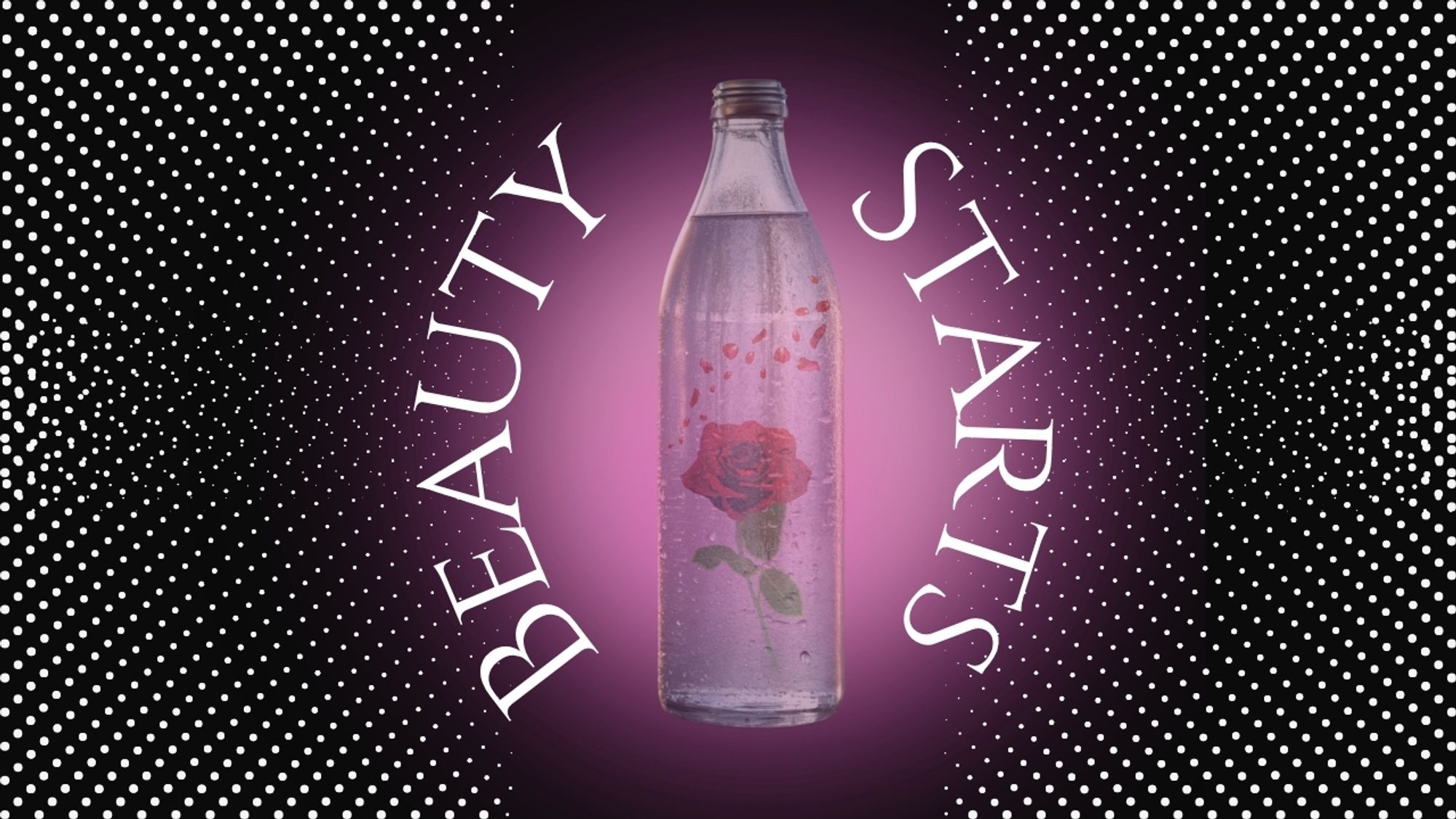Quality Skincare Containers Matter: Why Glass Protects Your Health
Research reveals plastic skincare containers leach hormone-disrupting chemicals linked to infertility and cancer in both men and women, making container choice crucial for health.

Most people carefully research every ingredient that touches their skin, but few consider the container holding those precious formulations.
When we began creating our skincare collection, from men's grooming essentials to women's botanical blends, we faced a crucial decision about packaging. Traditional practices have always guided our choices, and after researching how different materials interact with skincare formulations, one truth emerged clearly: glass containers provide unmatched safety for the products we use on our bodies daily.
The Hidden Reality of Plastic Leaching in Skincare
Scientific research reveals concerning evidence about plastic containers and personal care products. When skincare products are stored in plastic containers, harmful chemicals can leach directly into formulations. Studies show that almost all commercially available plastic products leach chemicals with estrogenic activity, including those advertised as BPA-free.¹
Two primary chemicals used in plastic packaging, BPA and phthalates, are proven sources of adverse health effects ranging from infertility to cancer.² These chemicals don't just remain in containers; they migrate into skincare products and absorb through skin, our body's largest organ. Research confirms that "what goes on, goes in," meaning anything applied to skin absorbs into the body as if it were ingested.
Serious Health Consequences for Men and Women
The health impacts of plastic-derived chemicals in skincare affect everyone, not just babies. For women, phthalate exposure has been linked to twice the odds of developing endometriosis, which can interfere with pregnancy.³ Studies show that women with higher BPA levels experience structural changes to the uterus and ovaries, directly impacting fertility.⁴
Men face equally serious risks. Phthalates cause decreased sperm count, testicular cell destruction, and thyroid irregularities.⁵ Research demonstrates that these endocrine-disrupting chemicals can affect male reproductive system development and hormone balance. Both genders experience increased cancer risks, with BPA specifically associated with breast, prostate, ovarian, and endometrial cancers.²
The Broader Chemical Picture
Even "BPA-free" products pose risks. Seventy percent of BPA-free plastic bottles still leach harmful endocrine-disrupting chemicals into contents.¹ When BPA was removed, manufacturers often substituted BPS (bisphenol S) and other chemicals that carry similar hormone-disrupting effects.
Microplastics present additional concerns. Plastic containers can release millions of microplastic particles that penetrate skin along with associated toxic chemicals. These particles can trigger inflammation and accumulate in the body over time.¹
How Plastic Chemicals Disrupt Your Body
Chemicals from plastic containers act as endocrine disruptors, mimicking hormones like estrogen and testosterone. This hormonal interference leads to:
- Weight gain and metabolic dysfunction
- Compromised thyroid functioning
- Reproductive problems and infertility
- Increased cancer risk
- Neurological and behavioral disorders
Even minimal exposure matters because hormones operate at extremely low levels, parts per trillion, in the body. Any disruption can interfere with normal functioning.²
Glass: The Traditional Standard of Purity
Glass containers represent time-tested storage that aligns with traditional botanical practices. Glass is completely inert, meaning it cannot leach chemicals into stored products under any conditions. This natural safety stems from glass being non-reactive and nonporous.
Unlike plastic, which degrades over time and releases increasing amounts of chemicals, glass maintains integrity indefinitely. Glass also preserves the botanical potency of formulations by preventing air and light penetration that can compromise active ingredients.
When Plastic Becomes Necessary: Choose Carefully
When plastic cannot be avoided, selecting safer types becomes crucial:
- Polypropylene (PP - #5): FDA-approved and considered among the safest plastics
- High-Density Polyethylene (HDPE - #2): BPA-free with excellent chemical resistance
- Polyethylene Terephthalate (PET - #1): Safe for single use, though can degrade with heat
Always avoid containers marked #3 (PVC), #6 (polystyrene), and #7 (miscellaneous plastics), as these carry the highest leaching risks and often contain hormone-disrupting chemicals.
🌿 Our Lullaby Baby Bundle
Our Lullaby Baby Bundle exemplifies our commitment to both botanical purity and safe storage. This gentle collection, from Twinkle Little Star Baby Powder to Hush, Little Baby Balm, comes exclusively in protective glass containers that are especially crucial for baby products.
Since babies have the most permeable and sensitive skin, proper container selection becomes even more critical. Our glass packaging ensures that delicate formulations with calendula, chamomile, plantain, and lavender remain pure and free from plastic-derived chemicals that could harm developing systems. Each product honors traditional botanical knowledge while providing the safest possible storage for your little one's care routine.
From Herbalist to You
True wellness encompasses every aspect of our products, from ingredient sourcing to container selection. When we choose glass containers for skincare products, we protect our bodies from unnecessary chemical exposure.
By prioritizing quality containers alongside quality ingredients, we create a foundation of safety that allows botanical formulations to work as nature intended.
Ready to experience skincare that protects your health from formulation to application? Explore our entire botanical self-care collection.
References: ¹ "Most Plastic Products Release Estrogenic Chemicals: A Potential Health Problem That Can Be Solved" - PMC/National Center for Biotechnology Information. https://pmc.ncbi.nlm.nih.gov/articles/PMC3222987/
² "Plastics, EDCs & Health: Authoritative Guide" - The Endocrine Society. https://www.endocrine.org/topics/edc/plastics-edcs-and-health
³ "The Ugly Side of Beauty: Chemicals in Cosmetics Threaten Reproductive Health" - The Conversation. https://theconversation.com/the-ugly-side-of-beauty-chemicals-in-cosmetics-threaten-college-age-womens-reproductive-health-206572
⁴ "The Impact of Bisphenol A on Fertility, Reproductive System, and Development" - International Journal of Endocrinology/Wiley. https://onlinelibrary.wiley.com/doi/10.1155/2019/4068717
⁵ "Mechanisms of Testicular Disruption from Exposure to Bisphenol A and Phtalates" - PubMed/National Center for Biotechnology Information. https://pubmed.ncbi.nlm.nih.gov/32046352/



